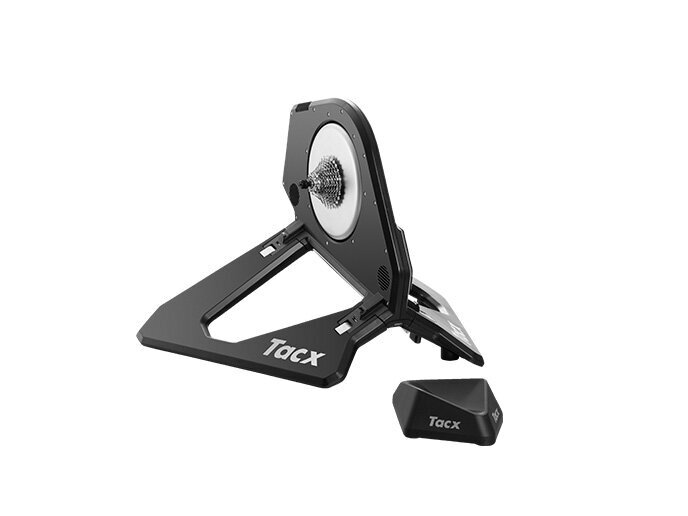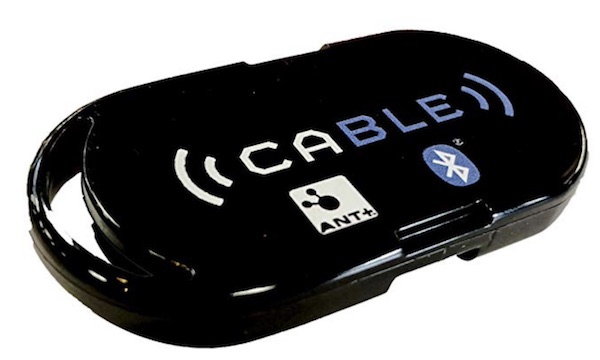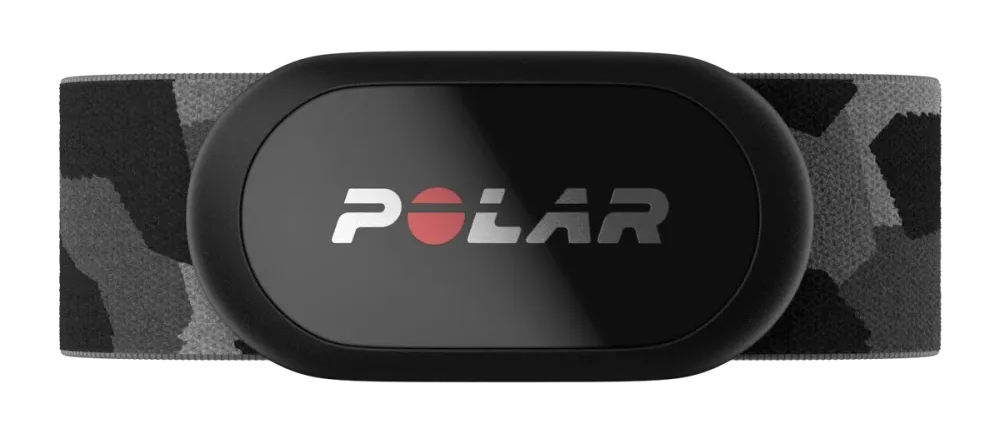
Indoor Training Part 1 - Hardware
This is the first in a short series of posts in which I discuss my approach to training for cycle time trials. I find road cycling to be unsuitable for structured training sessions other than extended endurance sessions, due to a combination of climbs and descents (albeit pretty small around here), junctions, traffic lights and of course motor traffic. The exception to that would be the evening 10 mile time trials the club offers through the season, which provided an opportunity for riding at a high sustained pace for 20+ minutes.
In part 1, I’ll give a bit of background to the kit I use.
First off, back about 20 years ago, when power meters were not affordable, I was doing structured training based on heart rate. I was then in my early 40s, and I found this to be pretty effective. I was using Pete Read’s Black Book, which sets out an annual programme month by month through the year. I have to say that this was a really effective way to build form in time for the main racing season. I don’t think this manual is easily available now, but in any case, everything seems to have swung over to training by power rather than heart rate.
As an aside, in the back of my mind, I do wonder whether training to HR and using power readings to evaluate performance might actually be the better way to do things - HR presumably is reflecting the physiological effort you’re putting in.
So, moving on, here’s an overview of the kit I use.
1. Smart turbo trainer. I bought a Tacx Neo back in July 2016. This is the first generation model and it hasn’t really missed a beat in that time. And I use it a huge amount - usually once or twice a day since Covid lockdown in March 2020. The only repair I had to do was fairly recently when I replaced the worn-out freehub body. Apart from that, the Tacx Neo has been completely reliable through all that time.

It transmits data on power and cadence through Bluetooth and ANT+. It is also controllable by the software one uses, and this is critical to its use.
2. A CABLE device. I frequently need to use two devices that need a BT connection to the Tacx Neo, which unfortunately only has a single BT channel. The CABLE (which isn’t a cable, it stands for Convert ANT+ to BTLE) is a device made by North Pole Engineering and which converts an ANT+ data stream into a Bluetooth stream.

You need an iOS device to run the app which sets up the connection, but not to use it. In use, the CABLE pulls in the ANT+ signals from the Tacx Neo and my Heart Rate sensor, and puts out a BT signal with Power, Cadence and HR. This is also useful because I run Zwift etc on an Apple TV which is limited to three BT connections, and one of these is to the Apple TV remote.
I think that NPE may no longer manufature this as it doesn’t appear on their website. However, the bizarrely named WYÛR appears to fill the gap. I think it’ll be easy to do a web search for WYÛR than it was for CABLE!
3. Polar H10 heart rate sensor. This is a chest strap based HRM, and it broadcasts two BT channels as well as ANT+.

In use, I typically would have the H10 connected to my phone and to my Polar watch with the two BT channels and to the Apple TV with the ANT+ routed through the CABLE. Over the years I’ve found chest strap HR sensors to often be little more than disposables items, with a tendency to become random number generators. Sometimes this is due to issues with the chest strap, and sometimes problems with the electronics (most likely due to sweat getting in). Of the brands I’ve tried, the Polar H10 seems the most resilient. One thing to note is that you need to specifically activate the second BT channel in the H10 (via the Polar Beat app) when you first use it, and after every battery change.
4. Apple TV. These things are quite cheap and useful for running apps such as Zwift or Fulgaz, and obviously streaming video content to amuse you while dragging yourself through some interminable turbo session. As noted above, the Apple TV is really only useful for two BT connections as the third is taken by the remote. I use one channel for the CABLE and another for the Sterzo steering device.
I have the Apple TV in my garage connected to an old Samsung TV.
5. Sterzo steering device. This is far from essential, and I don’t think it a critical component for my indoor training. If I did competitive cycling on Zwift, it would perhaps be a bit more relevant.
In addition to the above, I use my Android phone to run the Zwift Companion and occasionally Zwift itself, MyWhoosh, FulGaz and most importantly for me, TrainerRoad. More on those apps in the next instalment. I also listen to music via the phone.
I’ve run an powerline ethernet connection out to the garage, so I have an ethernet connection to the Apple TV, and a WiFi connection to my phone. Before that, I was really on the limits of my main WiFi network and getting all the kit running was sometimes rather problematic. With the powerline connection everything is pretty reliable - I can get out to the garage, jump on the turbo bike and things just connect. Well, mostly!
When you subscribe to the blog, we will send you an e-mail when there are new updates on the site so you wouldn't miss them.
Comments